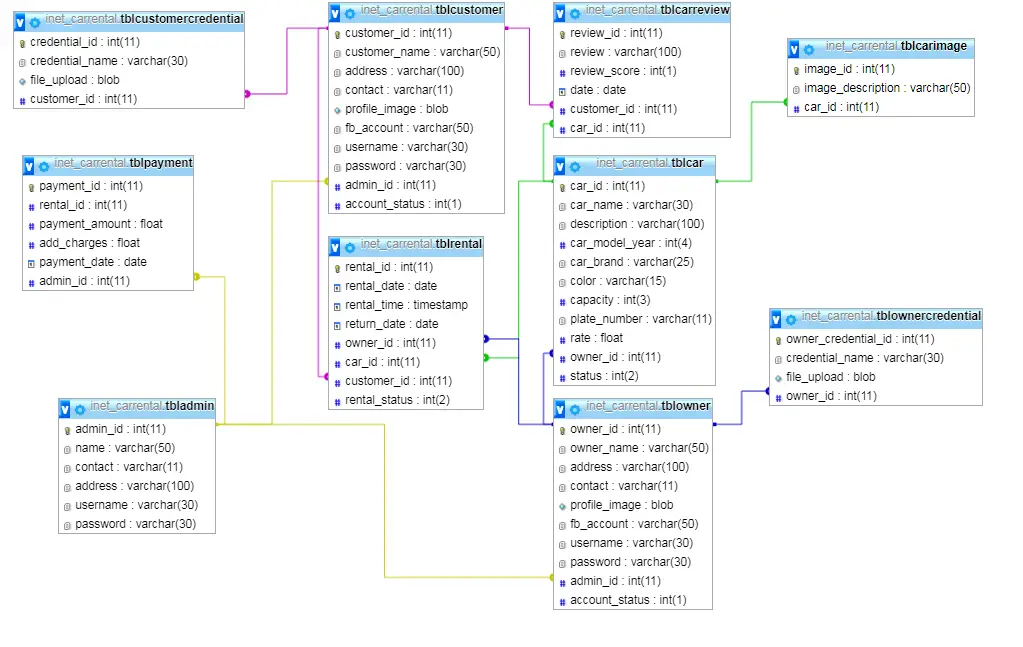IT Solutions for Social Issues
Introduction
Table of Contents
Technology has become an integral part of modern society, influencing how we live, work, and interact. From simplifying daily tasks to driving innovation in industries, technology has transformed nearly every aspect of life. However, its impact goes beyond convenience—technology, especially Information Technology (IT), plays a vital role in addressing pressing social challenges.
Information Technology offers a range of solutions for tackling societal issues such as poverty, healthcare access, education inequality, and environmental sustainability. By leveraging IT, governments, organizations, and communities can create more inclusive, efficient, and scalable approaches to solve these problems.
This discussion focuses on the role of IT in addressing social issues, highlighting key solutions that have the potential to create lasting, positive change. Through innovative IT-driven approaches, we can build a better, more equitable future for all.
Key Social Issues and the Role of IT
Several pressing social issues affect communities worldwide, and Information Technology (IT) offers powerful tools to address these challenges. Below are some of the most prevalent social issues and how IT solutions can help alleviate them:
- Poverty and Unemployment
- Role of IT: IT helps reduce poverty by providing platforms for microfinance, online job marketplaces, and e-commerce solutions for small businesses. These technologies connect individuals to job opportunities, training programs, and financial services that can improve economic conditions.
- Benefit: Through online access, people can find jobs, develop new skills, and even start businesses, leading to increased income and reduced poverty levels.
- Healthcare
- Role of IT: IT solutions like telemedicine, health apps, and electronic medical records make healthcare more accessible, especially in remote areas. IT also plays a key role in data analytics for public health and disease monitoring.
- Benefit: Patients can receive medical advice remotely, access health information, and monitor their health, leading to better outcomes and reduced healthcare costs.
- Education
- Role of IT: E-learning platforms, virtual classrooms, and educational apps help bridge the education gap, providing access to quality learning materials for students regardless of their location. IT also facilitates lifelong learning through MOOCs and online courses.
- Benefit: IT expands educational opportunities, improves literacy, and empowers individuals with the skills needed for personal and professional growth.
- Environmental Sustainability
- Role of IT: IT solutions like smart grids, IoT for energy management, and data analytics for environmental monitoring contribute to sustainability efforts. These technologies help manage resources efficiently and combat climate change.
- Benefit: By reducing energy consumption, monitoring pollution, and optimizing resource use, IT helps protect the environment and promote sustainable practices.
By leveraging IT, we can create innovative, scalable solutions to tackle these critical social issues, leading to more resilient and sustainable communities.
IT Solutions for Social Issues
- Telemedicine Platform for Rural Areas
- Description: A telemedicine app connecting patients in rural areas to doctors via video consultations. It integrates patient records, prescription management, and follow-up systems.
- Development Tools: JavaScript (React), Node.js, Twilio (for video), Firebase, MySQL
- Smart Waste Management System
- Description: IoT-based waste bins equipped with sensors to monitor fill levels, sending real-time alerts for optimized waste collection schedules and routes.
- Development Tools: Arduino, Raspberry Pi, Python, AWS IoT, Google Maps API, MongoDB
- AI-Powered Mental Health Chatbot
- Description: A chatbot powered by AI and Natural Language Processing (NLP) to provide mental health support and guide users to professional help based on their responses.
- Development Tools: Python, TensorFlow, Twilio, Dialogflow, PostgreSQL
- Blockchain-based Voting System
- Description: A secure and transparent voting system built on blockchain technology to eliminate election fraud and ensure data integrity.
- Development Tools: Solidity, Ethereum, Web3.js, Node.js, IPFS, PostgreSQL
- Smart Farming Solution
- Description: A smart agriculture system using IoT sensors to monitor soil conditions, moisture, and weather, optimizing irrigation and farming practices.
- Development Tools: Arduino, Python, AWS IoT, React, Firebase
- Energy Consumption Monitoring App
- Description: An app that monitors energy consumption of home appliances, providing real-time data and tips for reducing energy usage.
- Development Tools: JavaScript (React Native), Python, IoT sensors, InfluxDB, Grafana
- AR-Based Educational App
- Description: Augmented Reality (AR) app for interactive learning experiences in subjects like science, history, and mathematics for school students.
- Development Tools: Unity, Vuforia SDK, C#, Firebase, MySQL
- Disaster Management and Relief System
- Description: An application that uses real-time data from various sources (satellite, IoT, social media) to coordinate disaster relief efforts and provide early warnings.
- Development Tools: Python, Django, Google Maps API, Twilio, MySQL
- AI-Powered Career Counseling Platform
- Description: A platform using machine learning to provide personalized career guidance based on a student’s academic performance, skills, and job market trends.
- Development Tools: Python, TensorFlow, Flask, React, MySQL
- Online Skill-sharing Marketplace
- Description: A platform where users can exchange services or lessons (e.g., guitar lessons for coding lessons) through video sessions, fostering community learning.
- Development Tools: JavaScript (React), Node.js, Twilio, Firebase, Stripe API for payments
- Smart Parking System
- Description: IoT-enabled parking system that allows drivers to find available parking spots, reserve them, and pay digitally, reducing traffic congestion.
- Development Tools: Arduino, Raspberry Pi, Python, Google Maps API, MySQL
- Personalized Fitness App with AI
- Description: A fitness app that creates personalized workout plans using AI, tracking users’ progress, and providing recommendations based on performance data.
- Development Tools: Python, TensorFlow, React Native, Firebase, SQLite
- Crowdsourced Environmental Reporting App
- Description: An app that allows citizens to report environmental issues like pollution, illegal dumping, or deforestation, using crowdsourced data to alert authorities.
- Development Tools: JavaScript (React Native), Node.js, Google Maps API, Firebase
- AI-Powered Resume Screening System
- Description: A recruitment tool that uses AI to scan and rank resumes based on job requirements, helping employers streamline their hiring process.
- Development Tools: Python, Natural Language Toolkit (NLTK), Flask, MongoDB
- Sustainable Shopping Assistant
- Description: A browser extension or mobile app that helps users make sustainable shopping choices by analyzing product ingredients, carbon footprint, and ethical ratings.
- Development Tools: JavaScript (React), Node.js, Web Scraping (BeautifulSoup), MongoDB
These project ideas incorporate emerging technologies like AI, IoT, and blockchain to solve practical problems, making them innovative and socially impactful.
Conclusion
Information Technology (IT) plays a transformative role in addressing a wide range of social issues, from improving access to healthcare and education to promoting environmental sustainability and economic growth. By leveraging innovative IT solutions, we can bridge gaps, improve efficiency, and create lasting change in communities worldwide.
However, addressing these challenges requires continued innovation and collaboration. IT professionals, governments, NGOs, and the private sector must work together to design and implement technology-driven solutions that are scalable, accessible, and inclusive.
Now more than ever, it is crucial to integrate IT solutions into social policies, ensuring that technology is used to benefit all, especially marginalized and underserved populations. By making IT a central tool in solving social problems, we can build a more just, equitable, and sustainable future.
You may visit our Facebook page for more information, inquiries, and comments. Please subscribe also to our YouTube Channel to receive free capstone projects resources and computer programming tutorials.
Hire our team to do the project.


